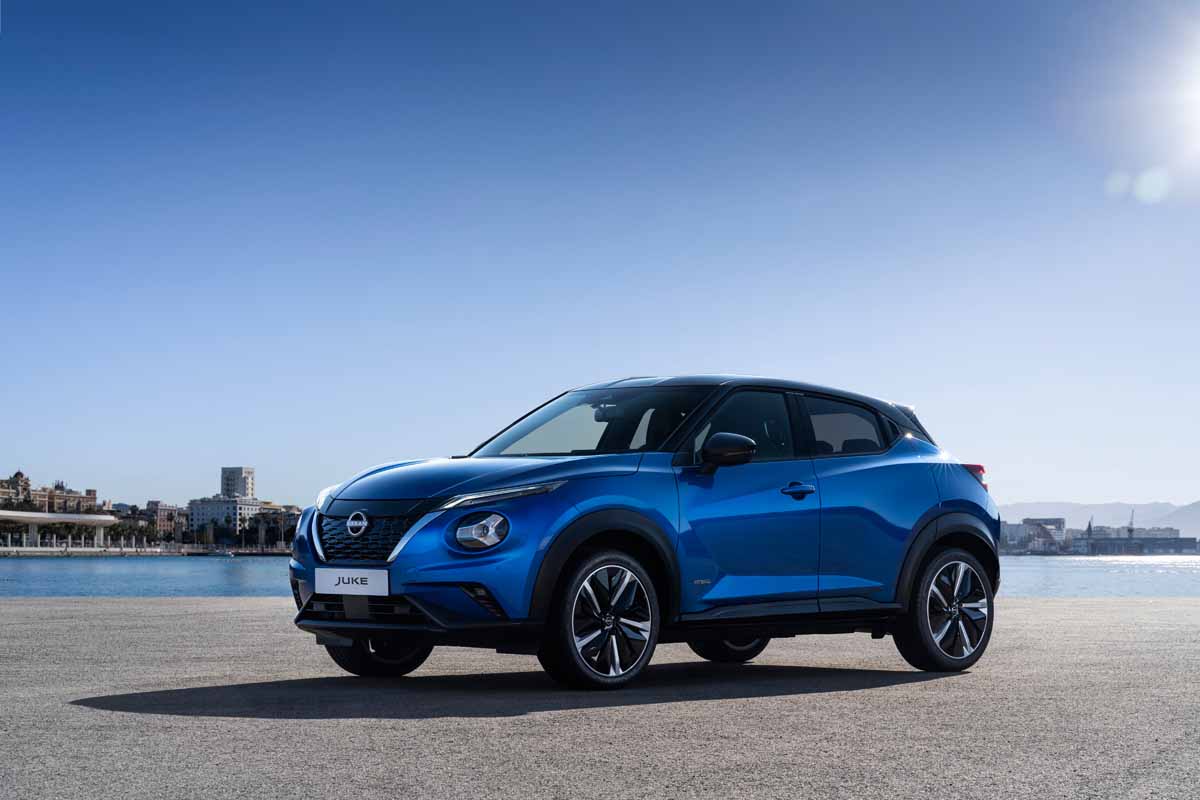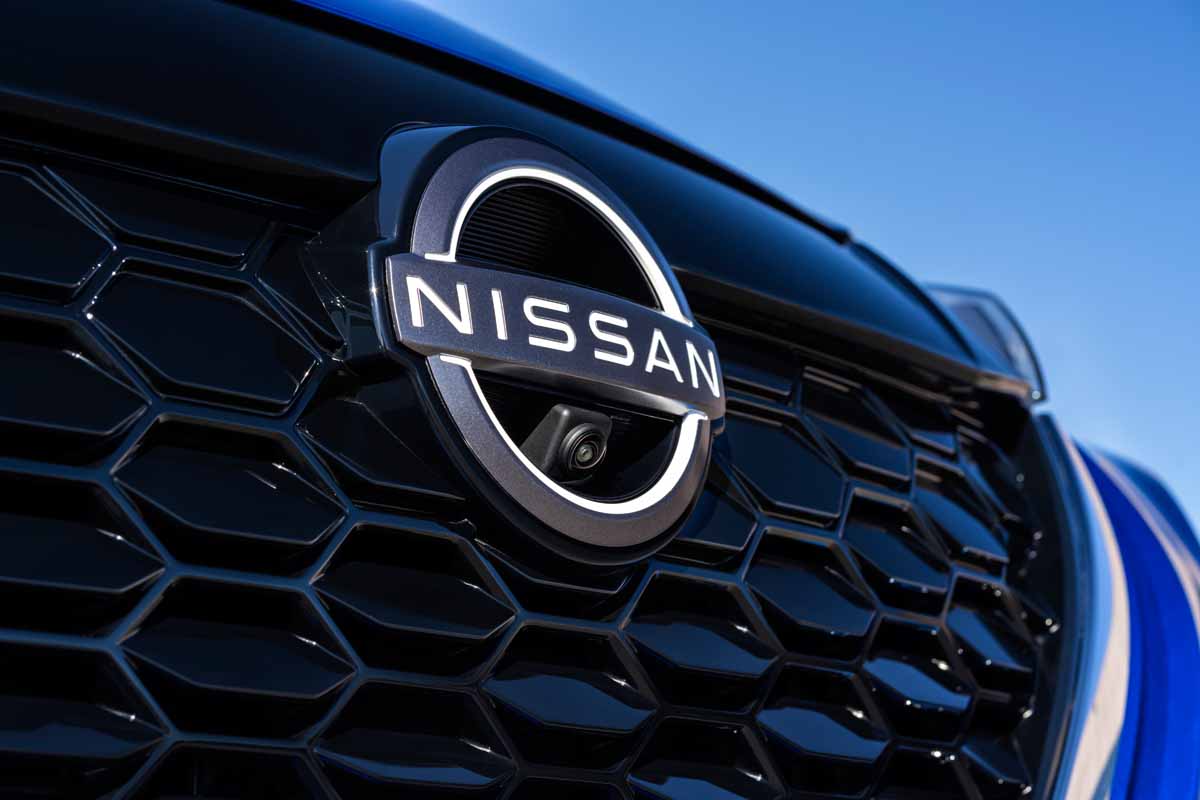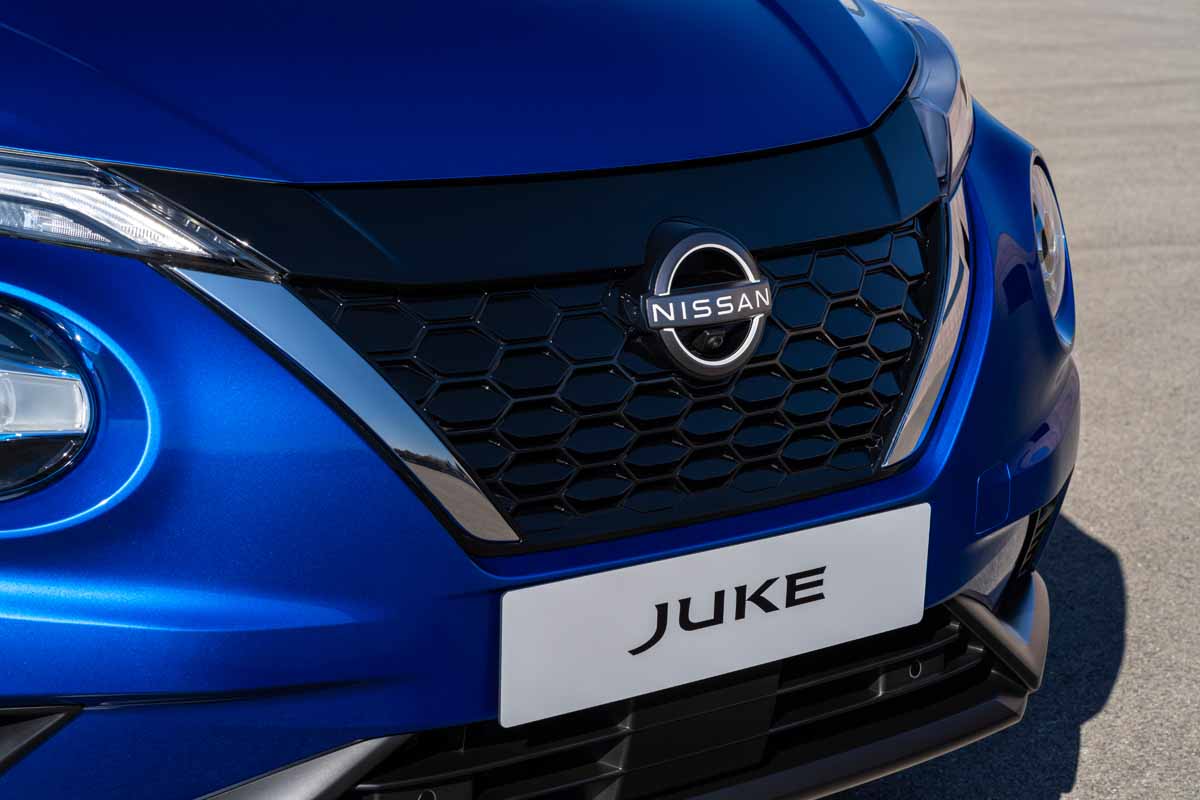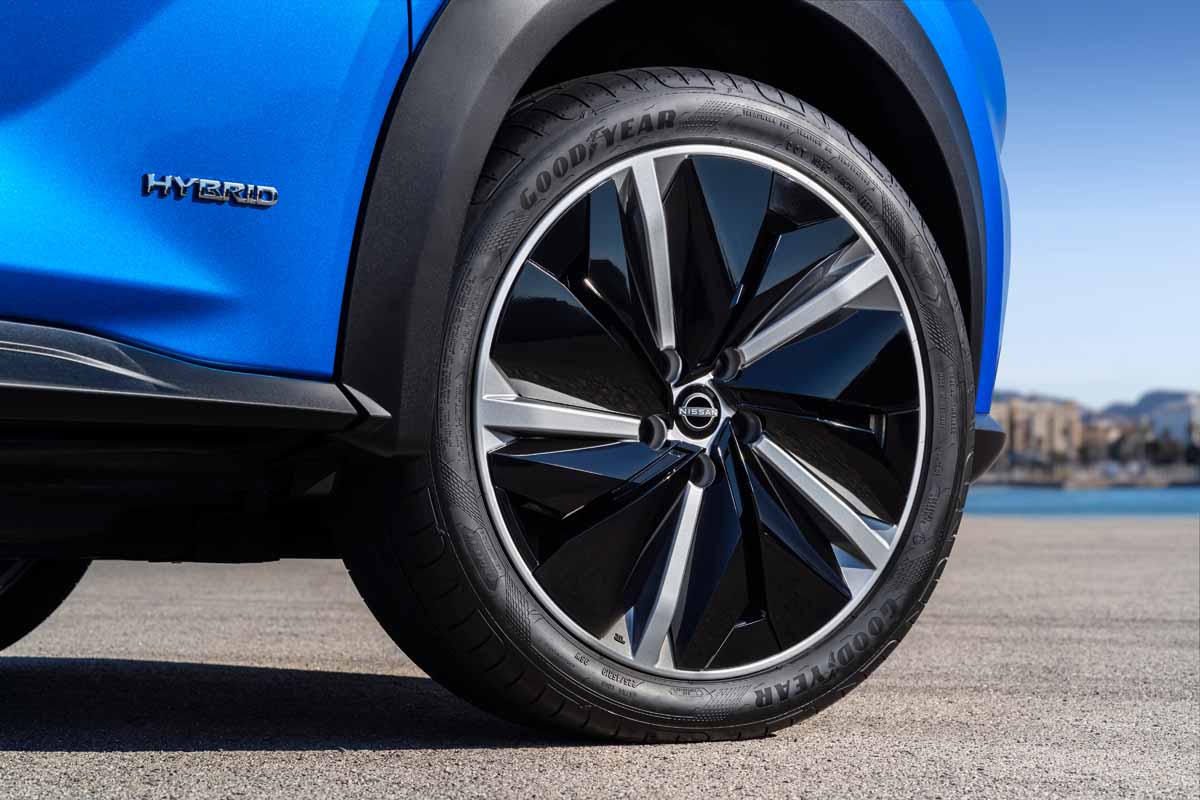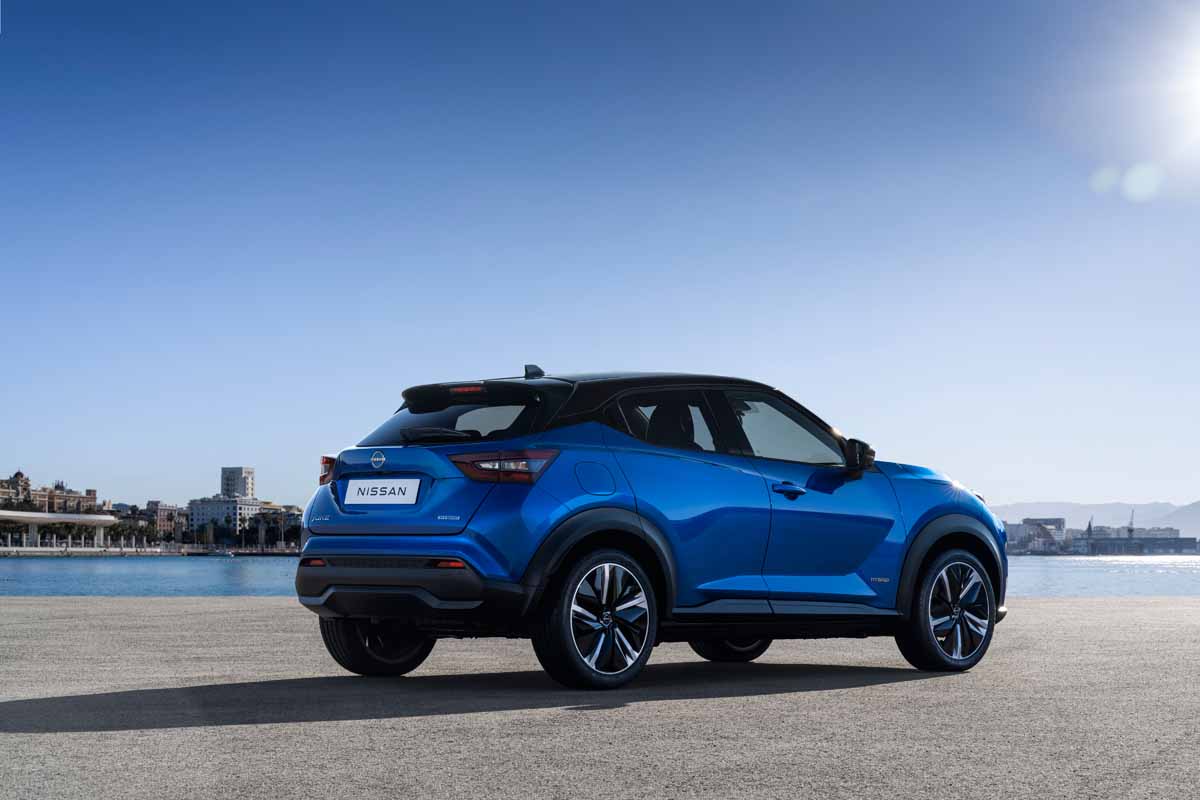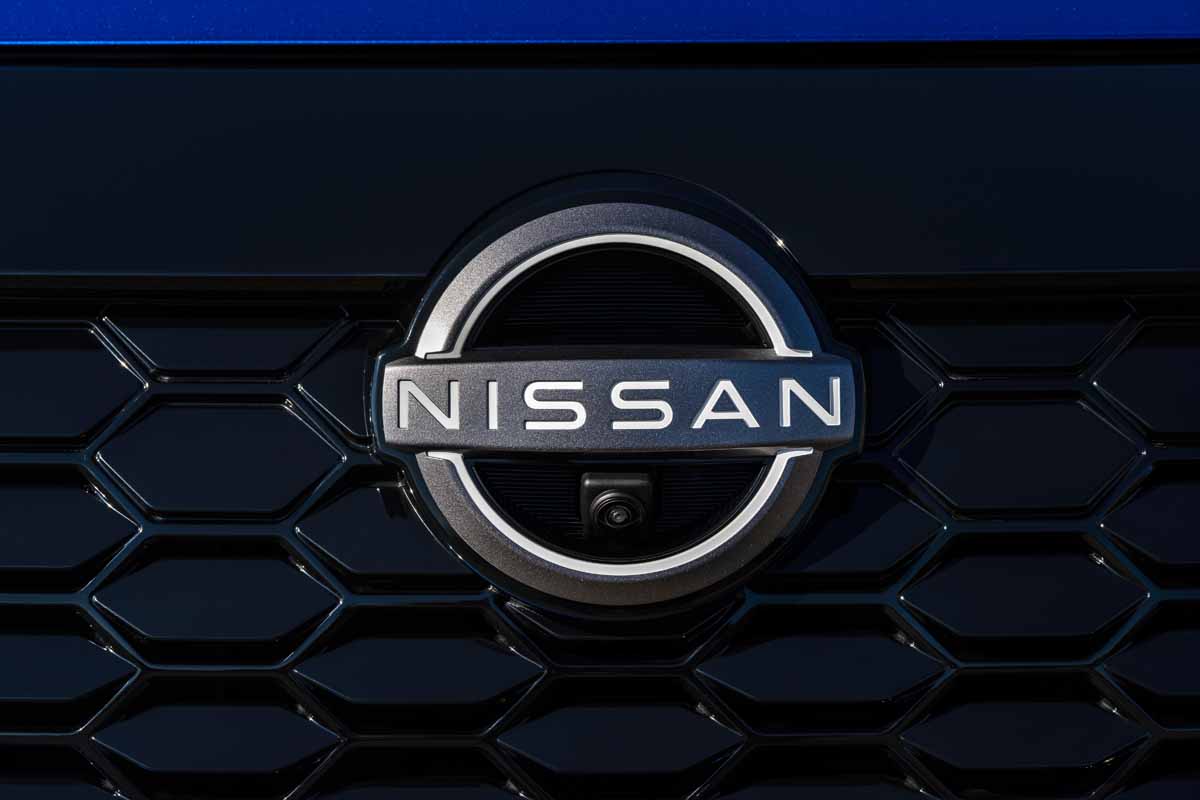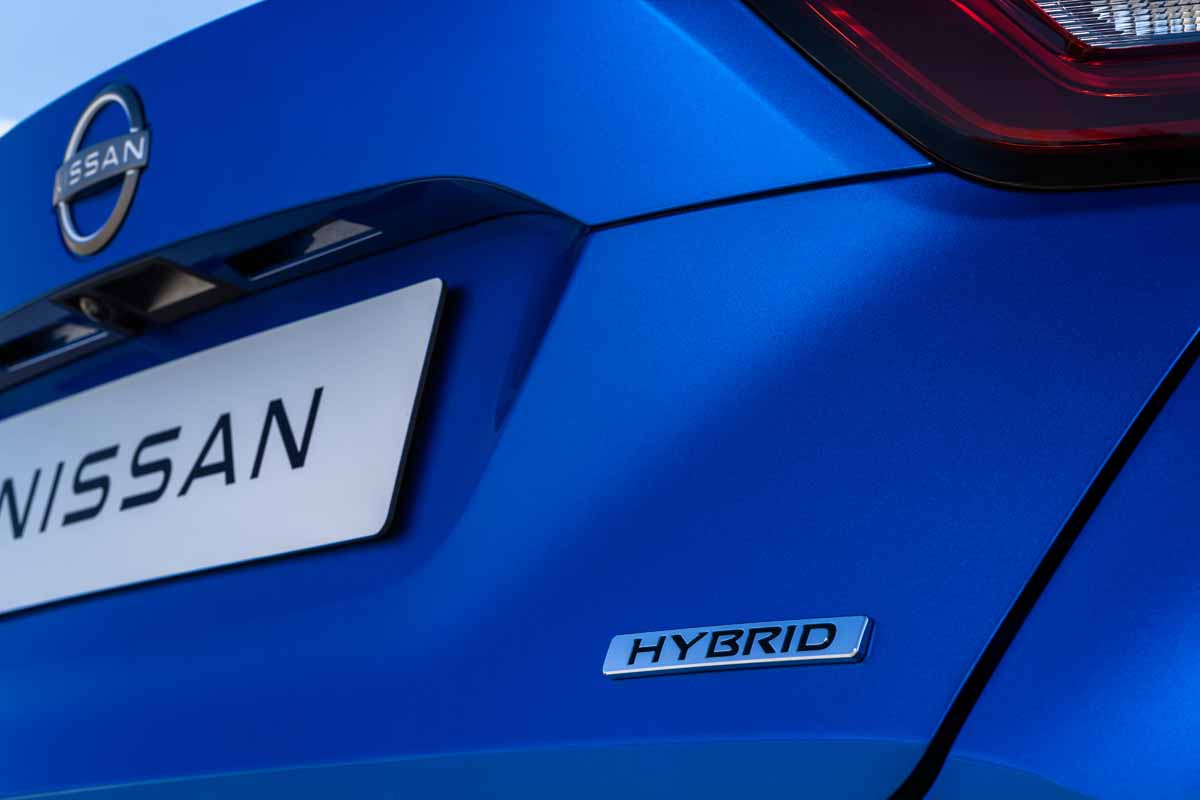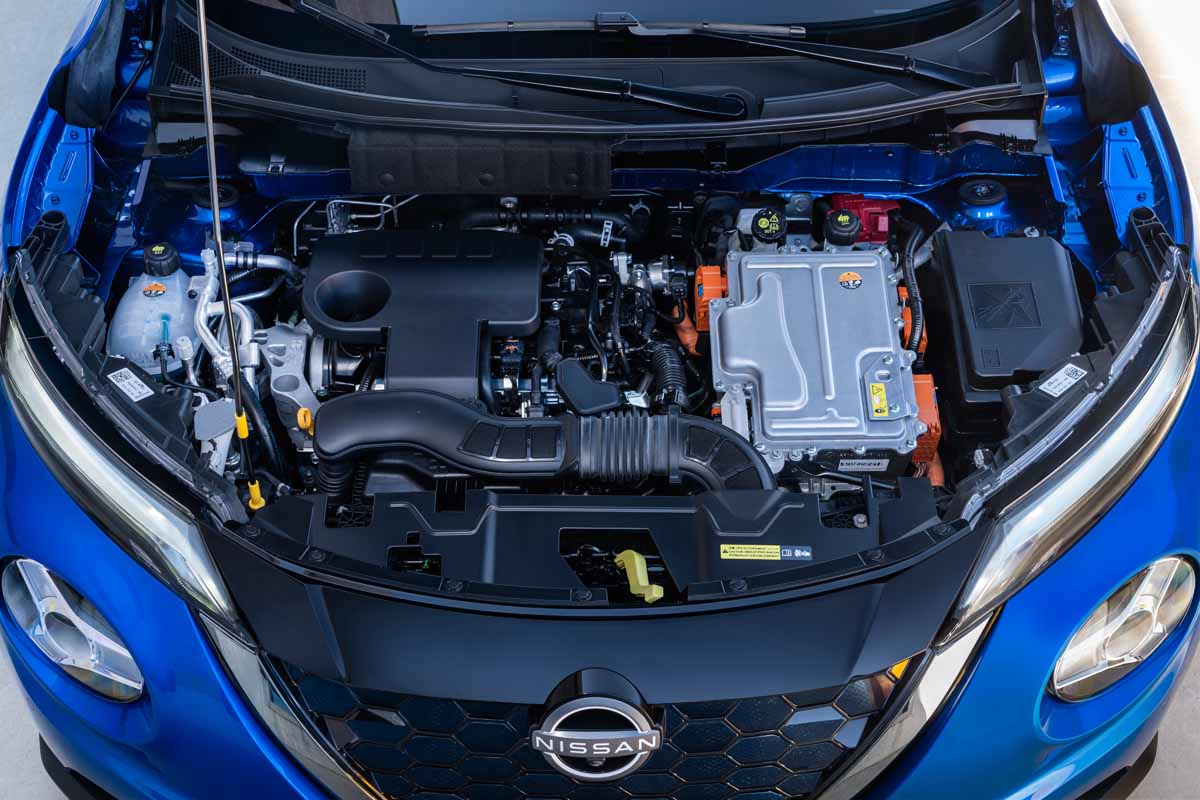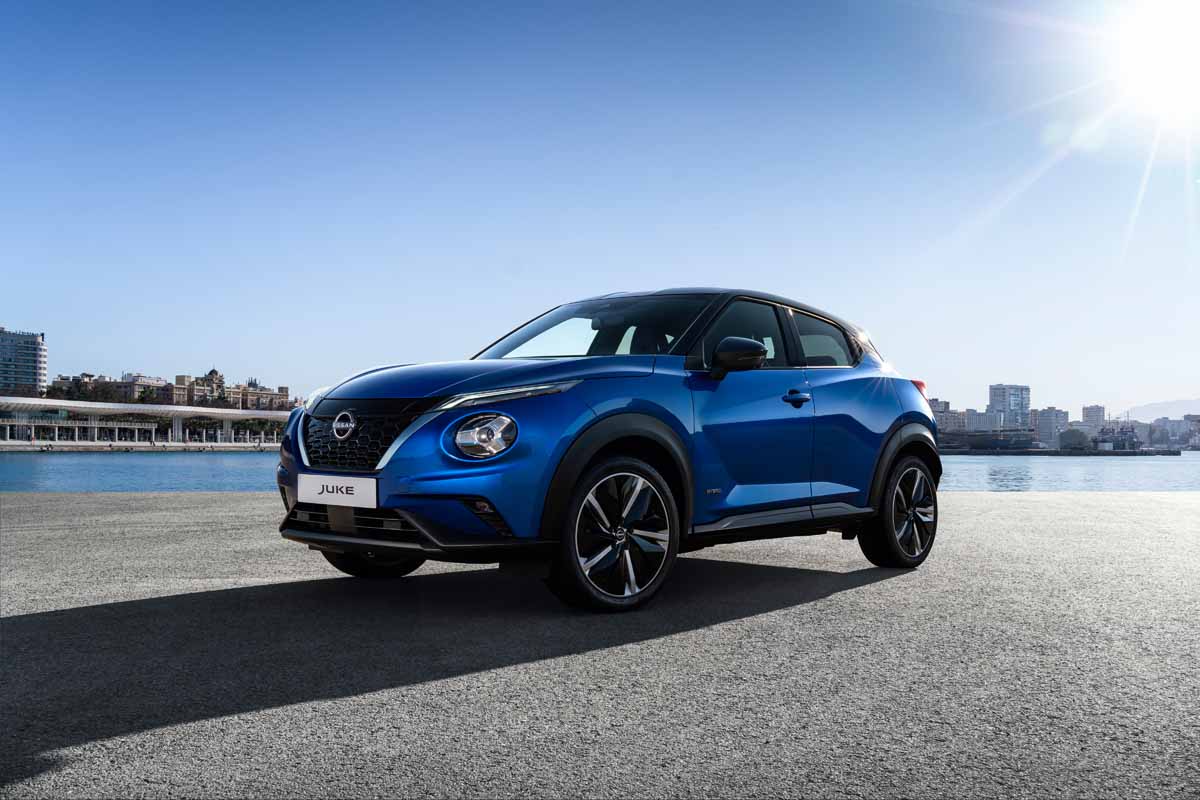
Nissan’s iconic compact crossover, the JUKE, will soon welcome a new powertrain to its line-up with the addition of a hybrid powertrain, delivering responsive performance combined with reduced emissions/consumption.
“Nissan’s electrified product strategy is gaining momentum and the JUKE Hybrid which will join the line-up later this year will represent another milestone on our strategic ambition to have fully-electrified range by 2023,” said Guillaume Cartier, Chairperson, Nissan AMIEO region.
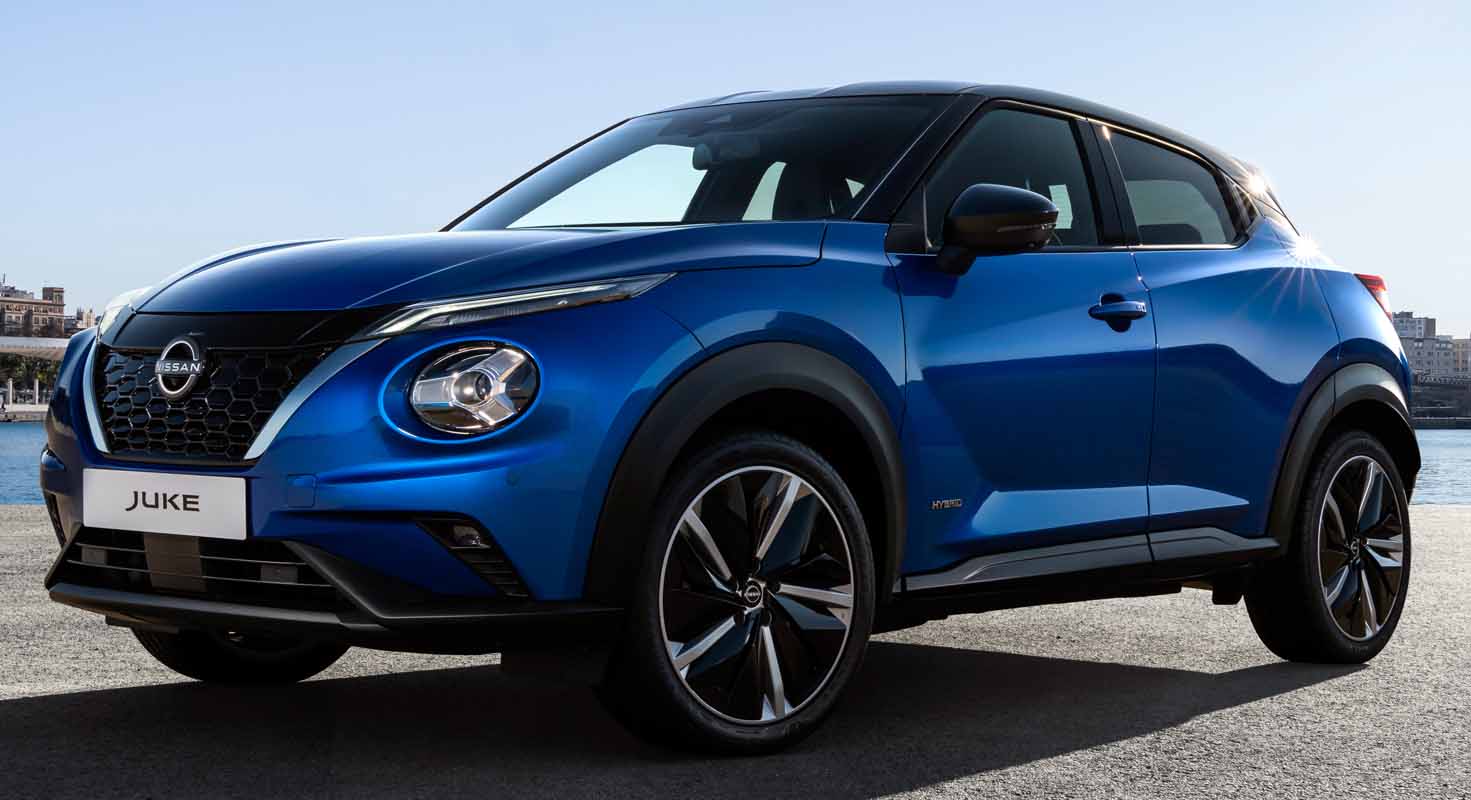
JUKE Hybrid will showcase a true multi-modal hybrid powertrain, as opposed to enhancing traditional internal combustion engines with electric capabilities, in turn delivering key customer benefits:
- 100% electric-only start up – every time.
- Enjoyable driveability in all circumstances.
- Excellent fuel efficiency thanks to the smart multi-modal gearbox, efficient regenerative braking, and high performance battery
Central to the development of the hybrid powertrain was the importance to JUKE customers of a rewarding driving experience. And, the thrill of the drive can be matched by this new powerful, responsive and efficient powertrain.
Efficient engine thanks to Alliance synergies
The new hybrid powertrain fully leverages the engineering strengths found within the Alliance.
The JUKE hybrid powertrain consists of a new generation, state-of-the-art Nissan internal combustion engine specifically developed for working in a hybrid powertrain application. It produces 69kW (94hp) and 148Nm of torque.
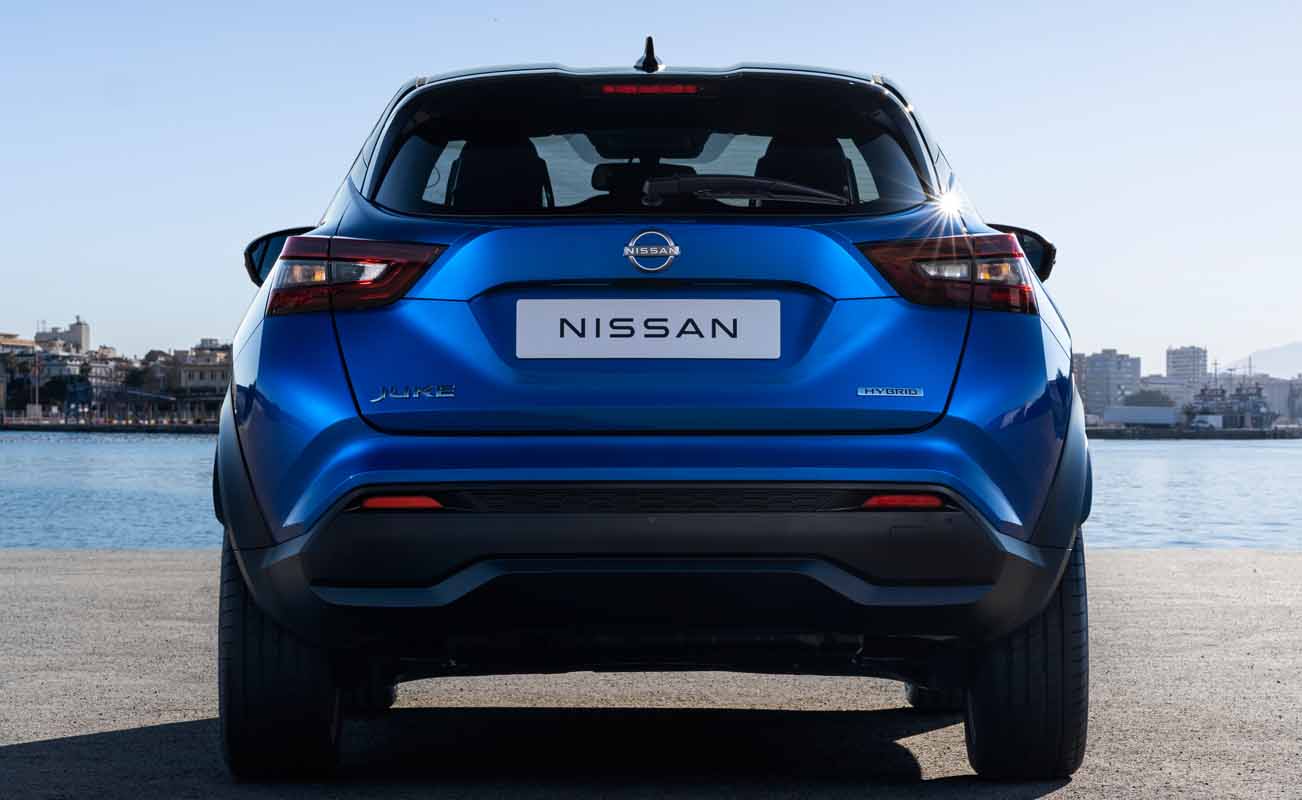
On the electric side, Nissan supplied the main electric motor which produces 36kW (49hp) and 205Nm of torque, while Renault provided the 15kW high voltage starter/generator, the inverter and the 1.2kWh water-cooled battery, as well as the highly innovative gearbox. The net result is a powertrain providing 25% more power than the current petrol engine option, with a fuel consumption reduction of up to 40% in urban cycle, and up to 20% combined. (Figures subject to homologation)
Smart automatic gearbox
Key to the driving pleasure at the heart of the Nissan JUKE Hybrid is an advanced low friction multi modal gearbox that provides optimal use of the propulsive power, whether electric, petrol engine, or both.
To reduce friction, this gearbox uses dog clutches instead of conventional synchroniser rings to shift the 4 “ICE” gears and 2 “EV” gears. Additionally, to reduce friction, this gearbox does not use a clutch. All vehicle starts are 100% electric, and the 2 EV motors are used in combination to synchronise the gears, delivering a smooth, connected and responsive acceleration.
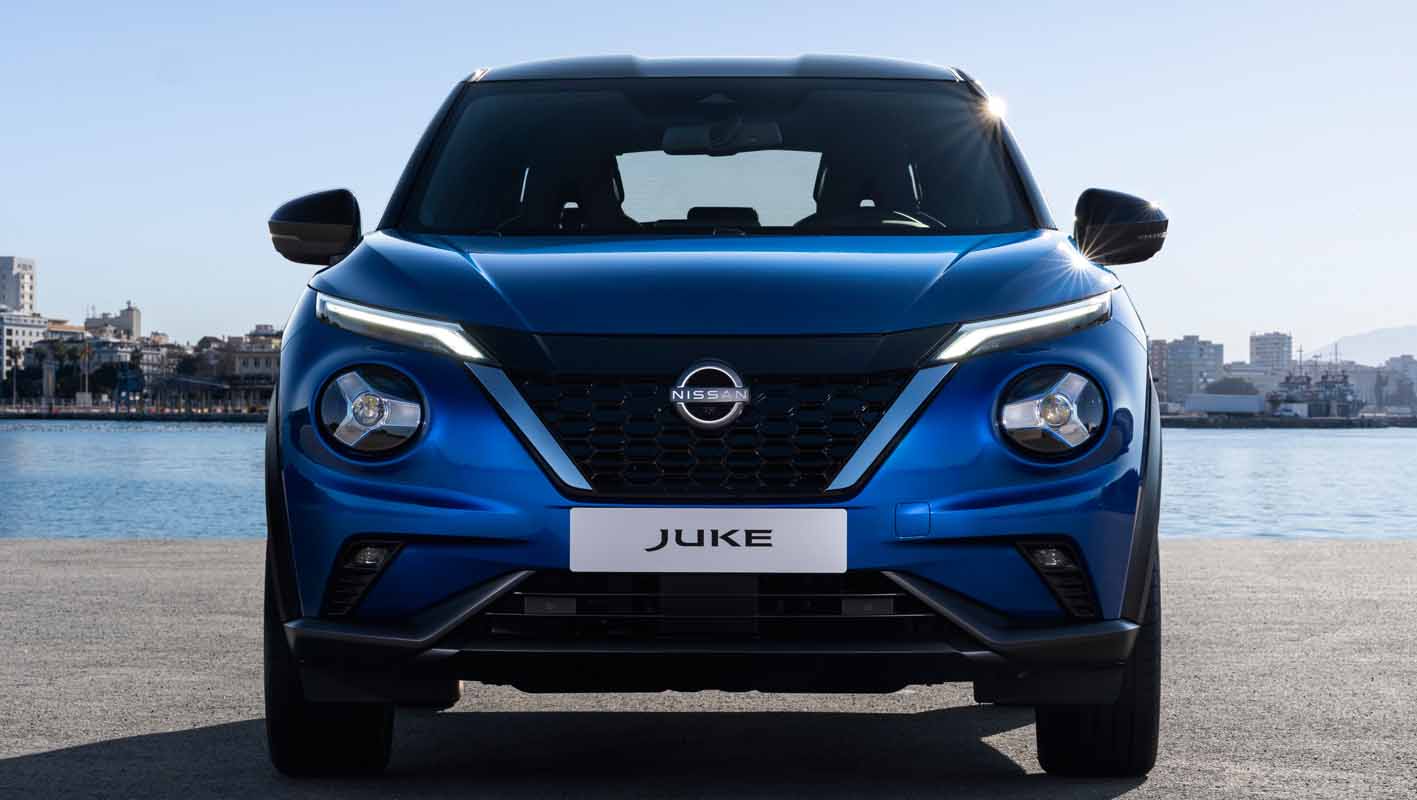
The gearbox is controlled by an advanced algorithm, managing the shift points, battery regeneration, as well as the advanced series-parallel architecture. The powertrain can navigate through different hybridisation type possible (series, parallel, series-parallel) according to acceleration and power requirements seamlessly and without any driver input. As a result, driver will enjoy trouble free responsive acceleration as well as efficient low emissions – the best of both worlds.
EV-like drive experience
The JUKE Hybrid’s intelligent drive system governs the powertrain according to many parameters, with the objective of optimising the amount of time JUKE spends in EV mode. During testing, Nissan’s engineers have achieved up to 80 per cent of an urban drive in pure EV mode, with short hybrid phases to recharge the battery before returning to EV mode. The JUKE Hybrid not only starts 100% in electric mode, it can reach speeds up to 55kph in pure EV, for drivers to enjoy strong, constant and sustained EV driving experience.
The system will automatically maximise EV usage, but JUKE Hybrid also gets a dedicated EV mode switch that can be used as a feature for when the driver does not want the engine running, such as residential areas, around built up areas like schools, car parks, drive-through and in traffic jams. While battery state of charge permits, it will force the JUKE Hybrid to operate as an electric-only vehicle.

Regenerative braking
When slowing down, the electric motor will act as a generator and capture kinetic energy, turning it into electricity to be stored in the hybrid propulsion battery.
The advanced Regenerative Cooperative Brake function blends regenerative braking and traditional friction braking to achieve a natural pedal feeling and efficient energy recovery. The driver will be unaware of the adjustments between the two systems, ensuring the feedback through the brake pedal remains constant and intuitive.
JUKE Hybrid also comes with a drive mode selector, allowing driver to select Eco/Normal/Sport mode. Not only does the drive mode changes the steering effort, climate control operation and accelerator pedal response, in the case of the new hybrid powertrain, it also changes the regenerative braking behaviour and battery state of charge. In Sport mode, for example, regeneration under braking is set to a high level in order to maximise electric power for effective acceleration.
e-Pedal for seamless urban driving
As with the LEAF pure EV, the JUKE Hybrid will be equipped with Nissan’s e-Pedal step system, which, when activated, allows the progress of the car to be controlled using the accelerator pedal. When the foot is lifted from the accelerator, moderate braking is applied (up to 0.15g) and will decelerate the JUKE to creep speed (~5kph). Additional foot braking may sometimes be necessary to decelerate, and is needed to achieve full stop (auto hold function can be selected for convenience). Using e-Pedal quickly becomes intuitive and the effect is to reduce the workload of the driver during their urban drive and in doing so, it provides a smooth & relaxing driving experience, while maximising hybrid battery regeneration opportunities, further enhancing the EV experience.
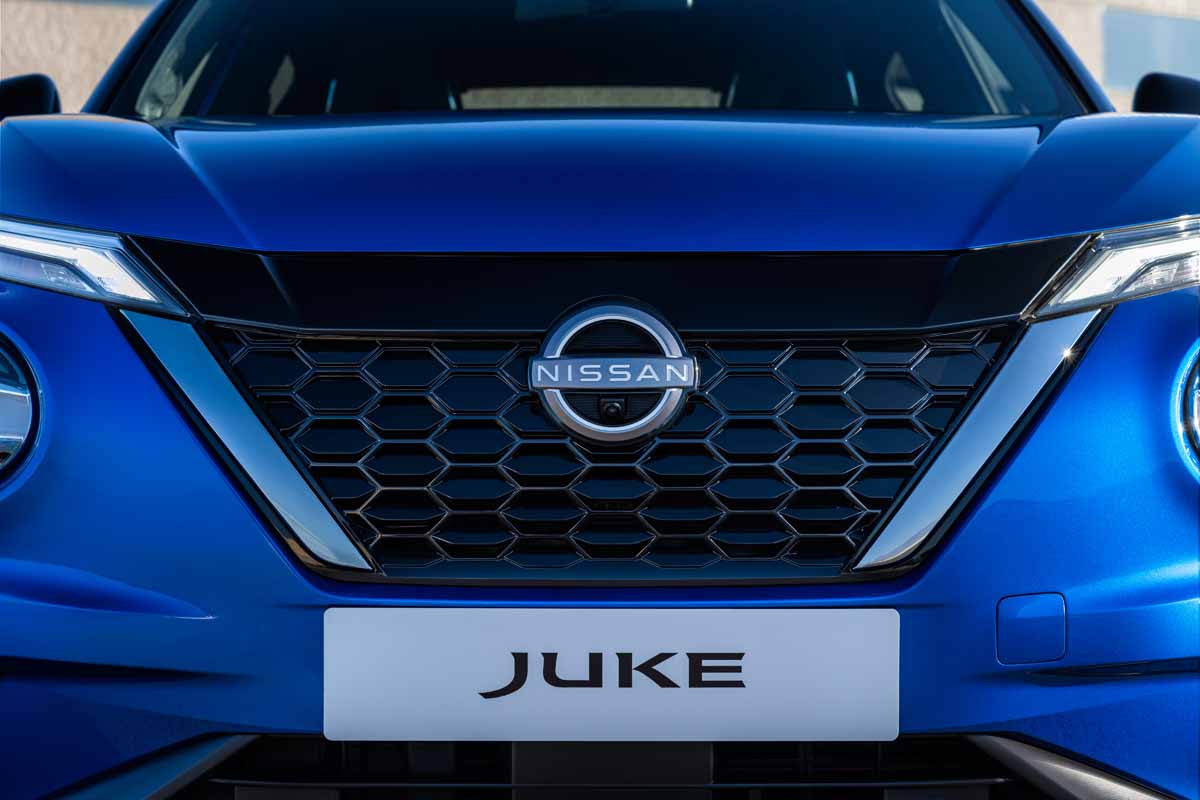
External modifications
The sporty coupe crossover design of the JUKE remains on the new Hybrid version. Close attention has been paid to every detail and a series of small changes have been made to optimise its aerodynamic efficiency – and to identify the JUKE Hybrid as the electrified version. “Hybrid” badges have been applied to the front doors and the tailgate.
The front grille of JUKE Hybrid now sports the new Nissan brand logo and also features a strip of black gloss material where it meets the hood, putting it in line with other electrified Nissan models who share this same design motif.
The design of the grille itself is now mesh and has a smaller opening area to optimise aero efficiency, made possible thanks to lower cooling requirements of the Hybrid version. Modifications have also been made to the bodywork below the bumper to improve airflow and, uniquely for the hybrid, a radiator grille shutter has been added, allowing airflow to be automatically adjusted according to cooling needs, reducing aero drag as much as possible.
The rear spoiler which is mounted above the rear window has been re-profiled for cleaner airflow behind the car. And in front of the front wheels, the tyre spoilers have been reshaped and repositioned to clean the airflow, while the rear axle has gained a cover which smooths the airflow under the car.
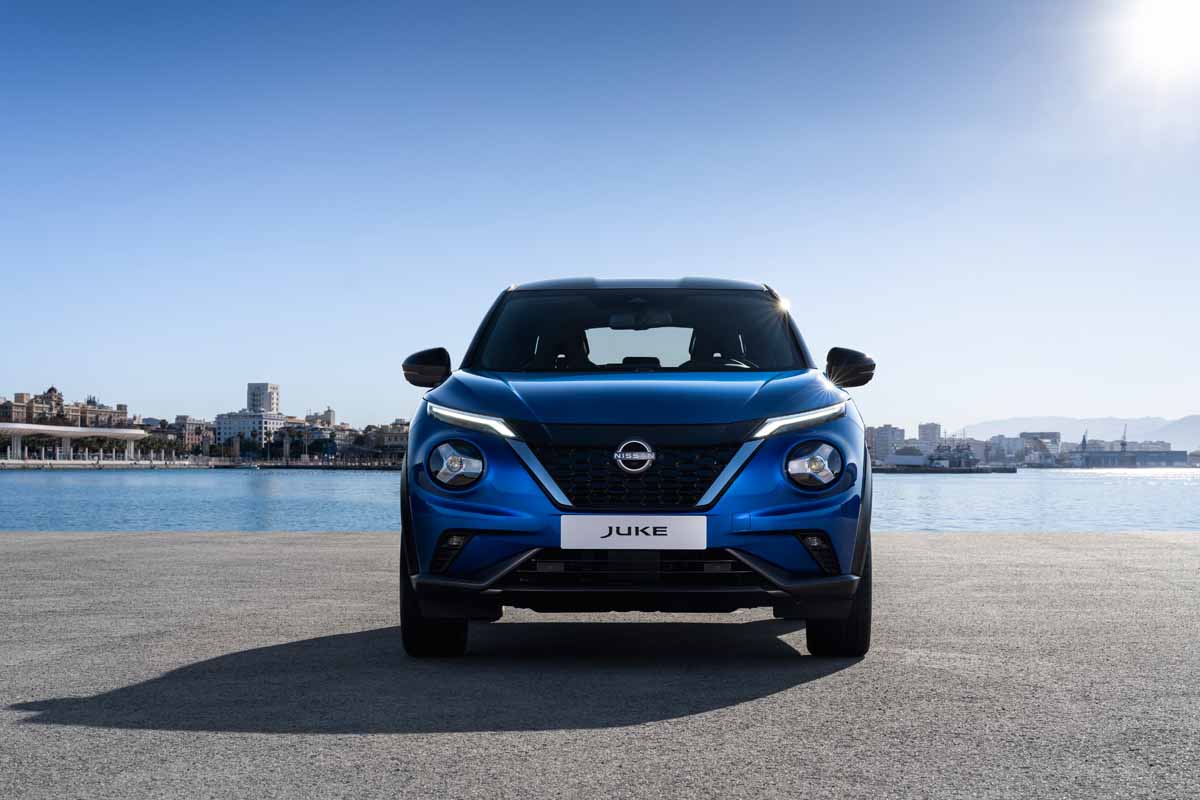
All-new two-tone 17″ alloy wheels will be introduced at the same time as JUKE hybrid (also available on ICE versions), as well as NISSAN Ariya-derived two-tone 19″ aero wheels for visual impact and efficiency.
Internal updates
Inside the cabin, the right-hand of the two dials shows speed and the left-hand dial shows a power gauge, with the needle moving between “charge”, when energy regeneration is taking place, through “eco” when propulsion is electric and “power” when the internal combustion engine and electric motor combine. Within the lower portion of the left-hand dial, there’s a gauge showing the battery’s state of charge.
A visual representation of the flow of power can be displayed on the 7″ combimeter screen between the two dials, showing all the different energy flows in a simple and clear animation, maximizing driver understanding of the system’s operation.
The button for e-Pedal is positioned in the centre console, behind the electric parking brake button, while the button to activate 100 per cent EV mode is between two of the central air-vents. When e-Pedal and EV mode are activated, visual reminders appear at the bottom of the combimeter screen.
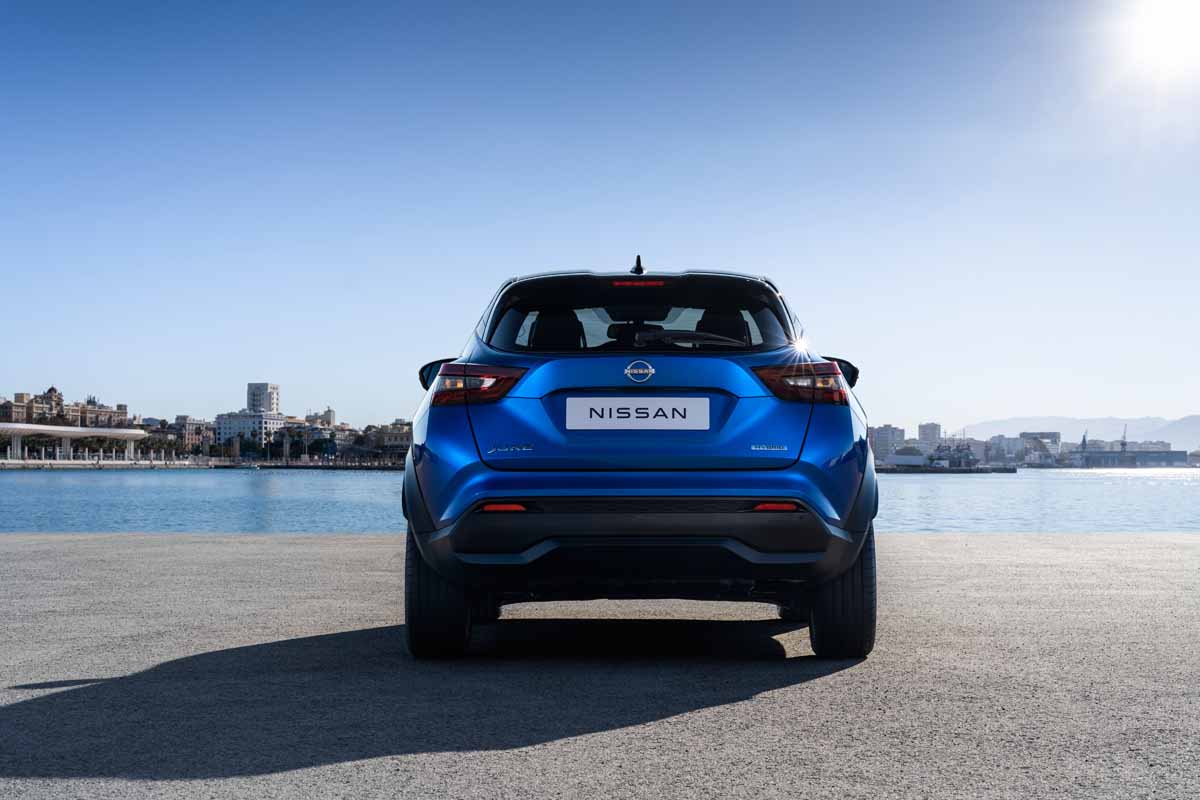
The trunk space is 354 litres, a slight reduction of 68 litres compared to the petrol version, as a consequence of the packaging of the 1.2kWh battery pack. With rear seats folded, trunk space remains best in class with 1237 litres, while rear knee room remains unchanged at 553mm.
“The introduction of the new JUKE Hybrid this summer will be another key addition to Nissan’s electrified range. We are in the middle of an electrified product offensive that places equal emphasis on eco-efficiency and driving pleasure. Like all of our electrified products, JUKE Hybrid rewrites the rules in its segment thanks to the bold innovation that delivers more performance and more efficiency,” said Arnaud Charpentier, Region Vice President, Product Strategy and Pricing, Nissan AMIEO region.
TECHNICAL SPECIFICATIONS*
| 1.6-litre engine & e-motor | ||
| Power | HP (kW) | 94hp (69kW) + 49hp (36kW) |
| Combined consumption* | l/100 km | 5.2 |
| Combined emissions* | g/km | 118 |
*subject to homologation
